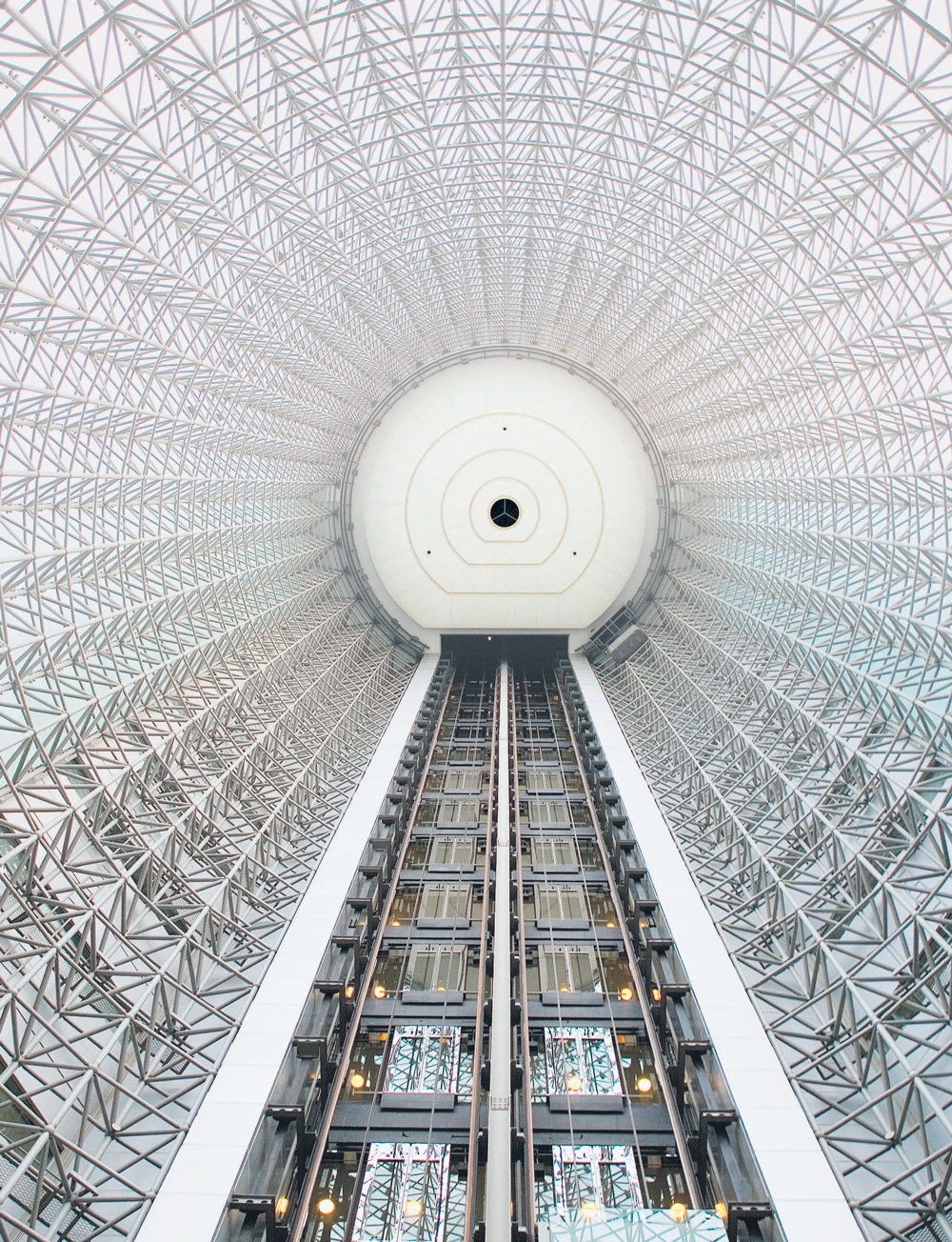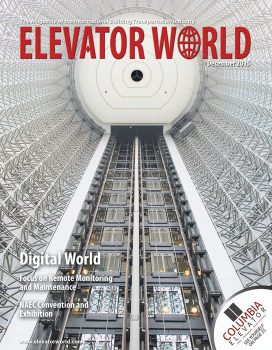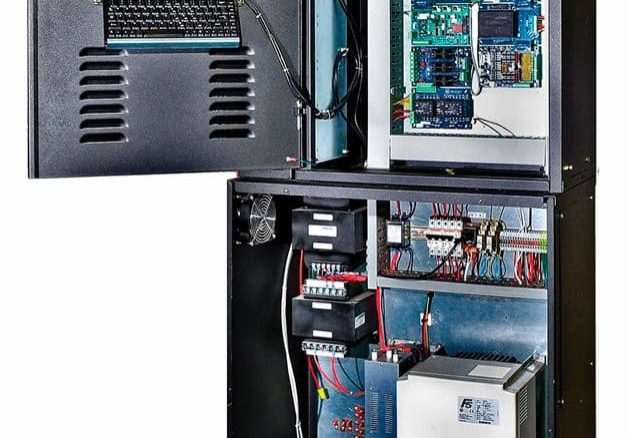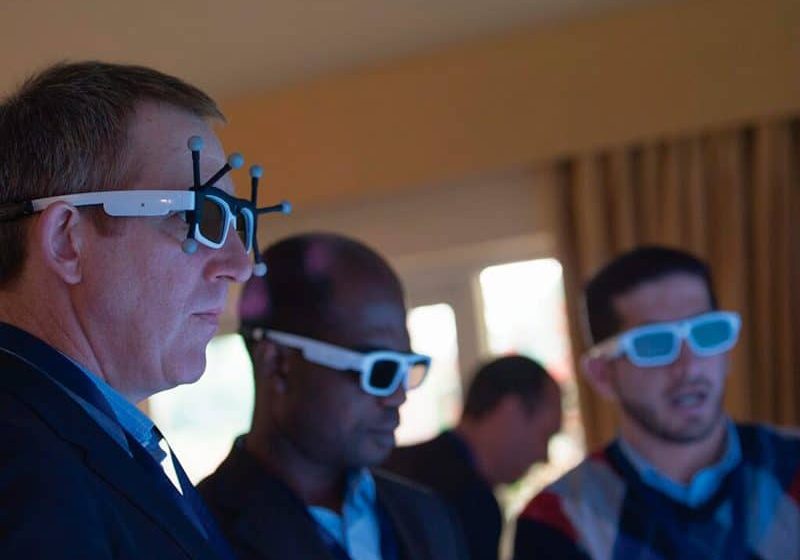Remote monitoring is bringing elevator reliability to new heights.
Mobile technology is transforming the way elevator companies operate, and many are moving fast so they don’t get left behind. Technicians have become more knowledgeable, faster and more efficient. Just as in other parts of life (many of us remember when we scoffed at the idea of always carrying a cell phone), the world of vertical transportation is changing rapidly as a result of mobile technology and remote monitoring. Here are a few examples of what several OEMs have done recently:
- Schindler announced a partnership with Apple in which it is providing field technicians with “digital toolcases” centered around iPhones, iPads and custom apps.
- ThyssenKrupp formally unveiled a similar partnership with Microsoft and CGI during a gala event in New York City in October.
- KONE established a Technology & Innovation division in September headed by Chief Technology Officer (CTO) Tomio Pihkala that combines the R&D and Information Technology departments to “speed up our development in a changing business environment.”
- Otis unveiled the next generation of its eService platform, which employs Microsoft Azure cloud technology to provide maintenance information in real time via computer, tablet or smartphone.
Improved safety and reliability are the reasons elevator companies are becoming less like VCR repair shops and more like Silicon Valley startups. This makes the effort worth it, according to Schindler. Microsoft CEO Satya Nadella opined during the 2014 Worldwide Partner Conference in Washington, D.C.:
“When you’re talking to a customer, they have these things in the field, and for the first time now at an affordable cost, they can put a computer on them and get data back so they can reason over it. Now all that sounds great, but for what purpose? The purpose is, of course, business-model transformation.”
Elevator companies’ transformation to more tech-savvy businesses has been going on for decades now but has picked up considerable steam in the past few years. While OEMs lead the way, independents are getting in on the action, too. Companies such as Quality Elevator Co., Inc., headquartered in Bladensburg, Maryland, are setting up systems in which data is gathered – information about the performance of motors, hoisting equipment and doors, for example – and shared with its workforce via custom apps on mobile devices such as tablets and smartphones (ELEVATOR WORLD, September 2015).
This has all resulted, ThyssenKrupp observes, in preventative maintenance, or, as Schindler notes, service going from reactive to proactive. It has led to fewer equipment breakdowns and greater customer satisfaction. Data is fed into predictive models that yield, in ThyssenKrupp’s case, “up to 400 error codes on any given elevator.” Rory Smith, director of Strategic Development for ThyssenKrupp Elevator Americas, has no doubt diagnostics will become more capable and precise as time goes on.
Companies are proud of their technological progress and are sharing their stories. Schindler is particularly proud its story was selected by Apple to showcase its iOS partnership in a short promotional film. In “Elevating Service and Safety with Real-Time Data,” Schindler executives and technicians talk about how the initiative has made a difference, comparing the new system to a digital toolcase and “Swiss Army knife” for elevator maintenance. “Nowadays, the elevator-repair tools I use are a wrench, screwdriver, multimeter, doorstop, iPhone and FieldLink app,” Taylor Yu, service technician for Schindler Hong Kong, observes. “I think the iPhone is more important than the screwdriver. I’m really happy, because the iPhone has made me more productive.”
Schindler touts the advantages, including employees:
- Being physically lighter as a result of carrying fewer tools, documents and manuals
- Having access to spare parts and materials through an app that allows them to order the right items before they reach a jobsite, in turn saving time
- Saving 40 million km in driving miles and 4435 mT of fuel emissions
Earlier this year, Schindler’s digital efforts were honored with two international awards. During the Digital Business Innovation awards ceremony in Munich, Germany, in February, Schindler Chief Information Officer Michael Nilles stated: “From the outside, our business is often seen as a slow industry. This award will certainly help change that misperception by illustrating our fast pace of innovation.”
The current pace traces its beginnings to the early days of the Internet, at least for the big OEMs with money to spend. Mitsubishi Electric, for example, developed its own professional mobile terminals for employees in Japan that included fault analysis and maintenance capabilities in 1984, in an effort to better maintain its digitized elevators, states Mitsubishi Electric spokesperson Muroi Katsunobu. This followed establishing a 24-hr. information center to field customer inquiries and dispatch staff. He proceeds:
“Since 2002, our information center has sent instructions directly to our engineers’ mobile phones to realize even faster response times. Nowadays, with the built-in Global Positioning System/mapping capabilities of mobile phones and mobile access to our domestic information center, including a comprehensive database of information about buildings, elevator specifications and results of previous repair/maintenance measures, we are able to increase the speed and precision of our maintenance even further.”
In earthquake-prone Japan, information exchanged includes detailed assessment and instructions for recovery efforts during natural disasters, Katsunobu states. Also, devices are used to help boost sales: In 2012, he says, iPads were introduced to the Japanese salesforce with an app that allows salespeople to properly explain maintenance packages and assist in design selection. The app is also able to process business reports.
Schindler decided to move to the Apple iOS platform in 2013. The undertaking has been major, observes Schindler CEO Silvio Napoli, who points out the company moves more than one billion people each day – one-sixth of the world population. “It’s a humbling figure, one that gives the scale of our mission and what we decided to undertake,” he says. More than 20,000 Schindler employees all over the world have been outfitted with iPhones or iPads loaded with custom apps. Back-end systems can process up to 200 million messages per day.
Remote Monitoring of Construction Hoists
Remote monitoring works differently in the industrial hoist industry. Alimak Hek’s A3 (Access Anytime, Anywhere) system, for example, enables hoist rental companies to monitor exact usage time for each temporary hoisting machine in their fleet, thereby increasing revenue, according to spokesman Andreas Magnusson. For permanent installations, it “increases elevator uptime during planned or unplanned outages, saving time and money for a plant.”
Alimak Hek touts the system for its durability. A3 comes standard on all new hoists and is available in three versions:
- Online, a web-based user interface that provides a view of all connected elevators and associated data
- Control Room Monitoring, in which sensors in hoists are connected to a local area network to provide updates on machinery status in real time
- SCADA, which allows the customer to develop his or her own solution based on data gathered from the elevators
As urbanization increases, staying on the cutting edge of technology will be ever more crucial, ThyssenKrupp observes. The company points out that by 2050, seven out of 10 people will live in cities – “a staggering three billion more than today, according to the World Health Organization.” More people will live in skyscrapers and rely on vertical transportation to carry them throughout their daily lives.
That means digitization promises to become an even more significant part of elevator companies’ business models. In bestowing its 2015 Digital Business Innovation Award on Schindler, Dr. Uwe Dumslaff, CTO of Capgemini and award jury member, observed: “Digitization is now firmly established as an integral part of Schindler’s DNA. Digital business has reached day-to-day business.”
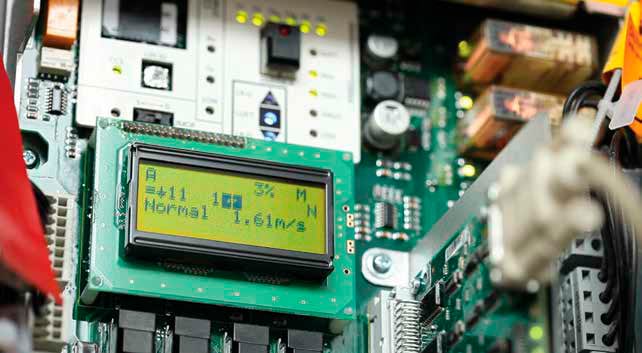
Oppoiste page: The Aurora office building in Taipei is among the many skyscrapers worldwide with an elevator system that has become safer and more efficient thanks to digital technology; photo courtesy of Schindler. 
This page, clockwise from top: Sensors attached to Schindler elevators and escalators send millions of messages per day to a back-end connectivity system; a Schindler technician communicates from the shaft via his iPhone; a Schindler technician logs data from an elevator control box into an app on his iPhone. 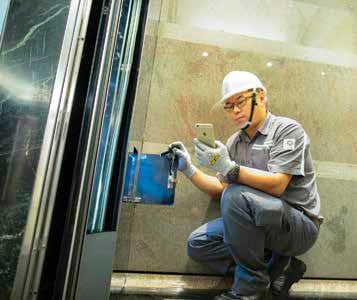
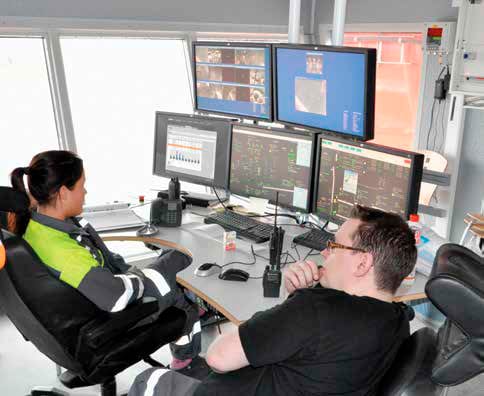


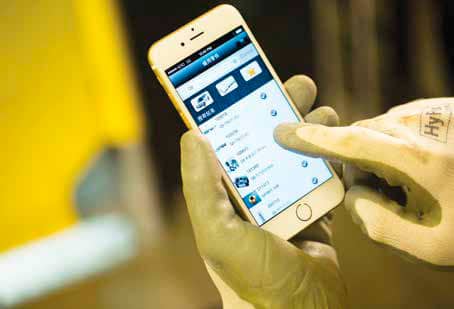
L-r: Alimak Hek employees monitor customer data from an information center in Sweden; predictive maintenance maps in a ThyssenKrupp call center; Apple’s FieldLink app for Schindler makes spare parts easy to order.
Get more of Elevator World. Sign up for our free e-newsletter.
